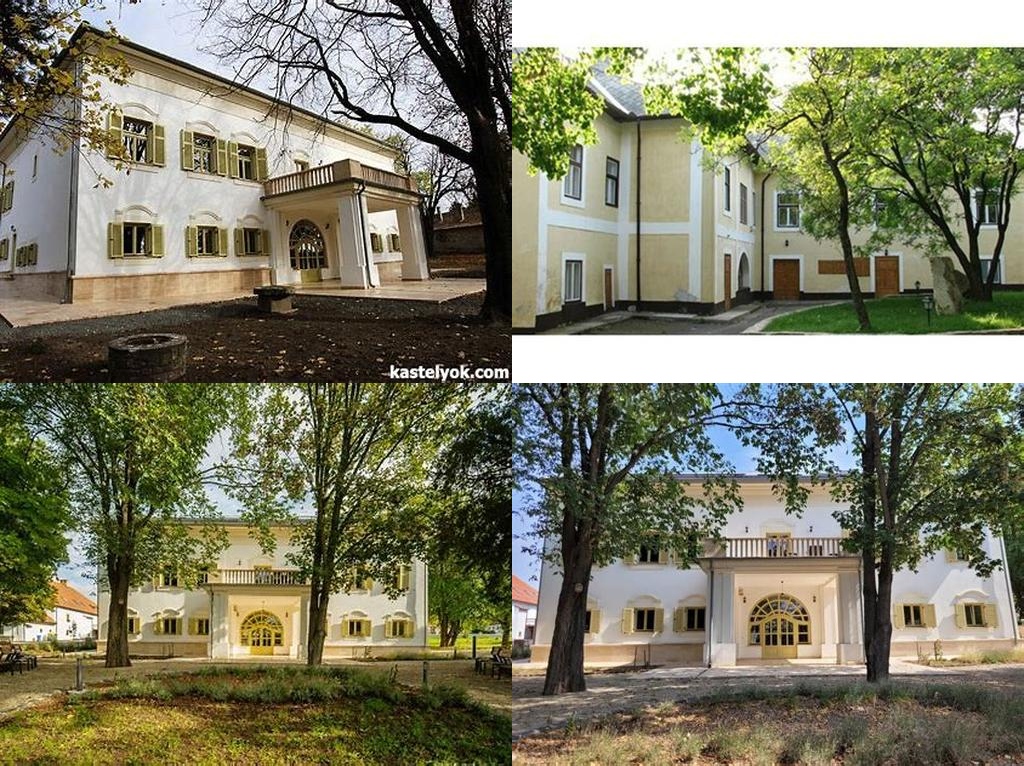
There’s something quietly magical about wandering the gentle hills and winding lanes of Tállya, a small village tucked in Hungary’s famed Tokaj wine region. While many visitors come in search of golden aszú wine, there’s a different treasure hiding in plain sight—the beautifully dignified Maillot-kastély. It doesn’t shout its presence; instead, it sits in leafy serenity on the edge of the village, imbuing the landscape with stories that ripple from the 19th century right up to our own day.
The story of Maillot Castle begins in the mid-1800s, a time when Tállya was thriving as a center for viticulture, and the region’s noble estates were blossoming. The castle itself was built in 1854 by a French-born winemaker, Charles Maillot, who had a vision that extended beyond barrels and bottles. His decision to construct an elegant manor house here was no mere vanity; it reflected a belief in the promise of Tokaj soil, and an aspiration to create something lasting. Maillot’s blend of French sensibilities with local Hungarian traditions is visible in every corner of the estate—the castle’s graceful lines, its broad windows, the inviting terrace overlooking what would have been orderly vineyards in his day.
As you approach the castle, you’ll get the sense that time runs a little slower here. The sturdy stone façade, softened by creeping vines, is framed by ancient trees. A walk through its gardens reveals not just meticulous landscaping but a rare hush: birdsong, the crunch of gravel beneath your feet, the faint aromas of wildflowers and grapevines. Inside, the atmosphere is a blend of faded grandeur and homey hospitality. The decor is not over-restored nor artificially gilded, letting visitors feel the pulse of history in the high-ceilinged parlors, parlors where local legends say secret negotiations occurred and deals were struck over glasses of Tokaji wine.
What makes Maillot-kastély so appealing to certain travelers is its unpretentious, lived-in character. The castle has seen history’s ebb and flow. In the late 19th century, after Charles Maillot had passed away, various families called the castle home, each leaving subtle marks—the decorative tile stove in the salon, a French rosebush still blooming by the library window, a mural depiction of a grape harvest. During the communist era, the estate endured nationalization like so many houses of its kind; it was used for everything from a school to government offices. Yet even these chapters—sometimes rough on the building—are part of what gives the place its humanity.
One of the joys of visiting Tállya is that the village itself is deeply interwoven with the castle’s destiny. Local stories are rich with whispered tales of Maillot’s original cellar master, who supposedly unraveled a particularly stubborn grape virus, or the village fête in 1876 when barrels of wine (as legend has it) rolled down from the castle steps to the square, uncorked for every villager to share. Ask a guide or even the gardener, and you may hear about the hidden passageways skirting the foundations, or the once-lavish masquerades that spilled out onto the lawns on midsummer nights. The castle isn’t some cloistered museum—it has always belonged to the land and the people around it.
Today, Maillot-kastély welcomes curious souls in understated fashion. You won’t find huge crowds or overly dramatized tours. Instead, there’s a gentle invitation to linger. Maybe you’ll sink into a creaky antique chair in the library, leafing through illustrated volumes about viticulture. Or you’ll stroll through the shaded park, pondering the generations of hands—the Maillots, the villagers, more recent caretakers—who have quietly tended this corner of the world. Sometimes, local musicians host intimate concerts within the old halls, and their music echoes through sunlit corridors once meant for aristocratic gatherings.
Visiting the Maillot-kastély in Tállya is not just a lesson in architecture, but a chance to step inside an evolving story. Here, history isn’t presented in velvet ropes and plaques, but in whispered recollections and the steady, reassuring presence of old walls. This is a castle for the quiet observer, the dreamer, and anyone who delights in discovering how lives—famous and ordinary—are woven into the landscape. If you find yourself drawn to places where authenticity trumps gloss, and where the stones beneath your feet still remember gentle footsteps of centuries past, this sun-dappled manor will reward your curiosity in unexpected ways.





